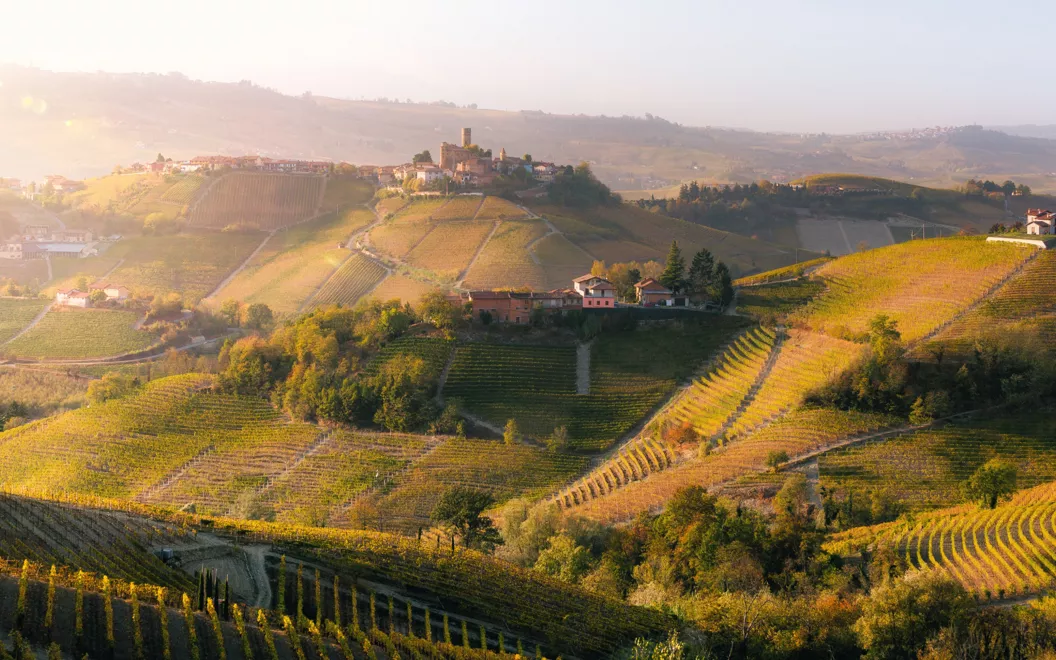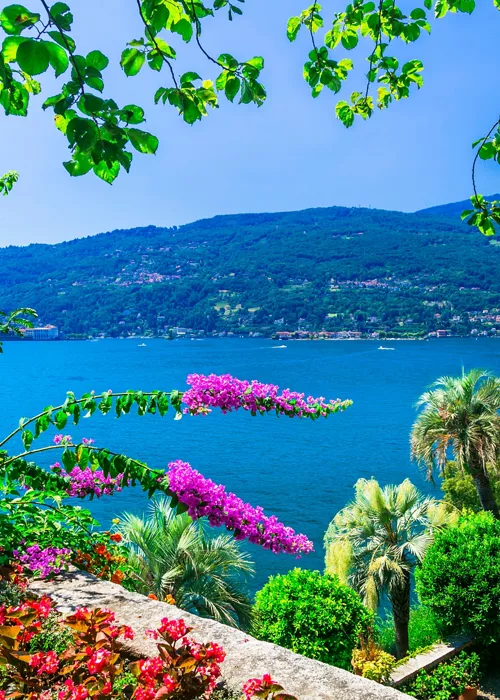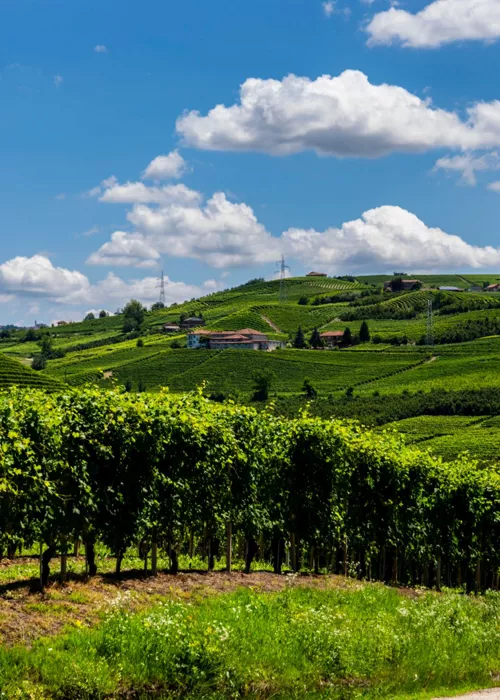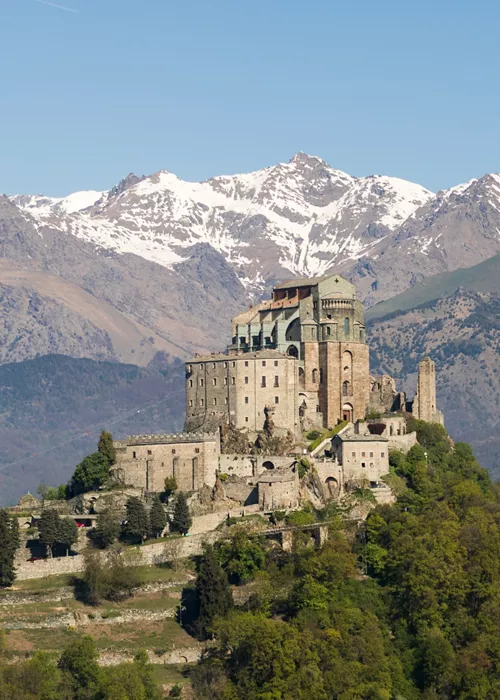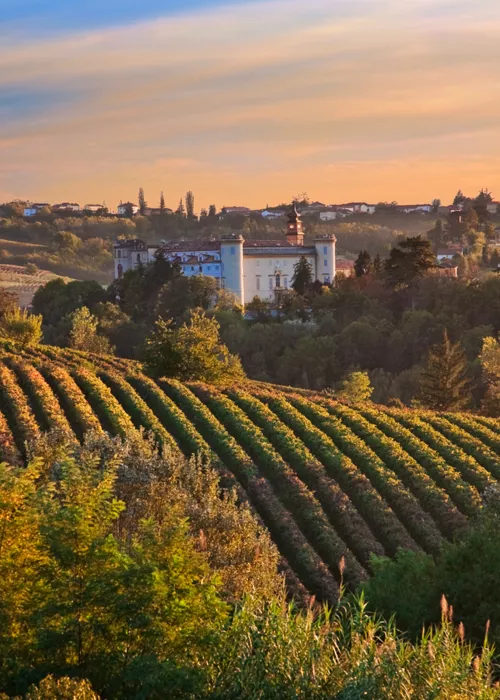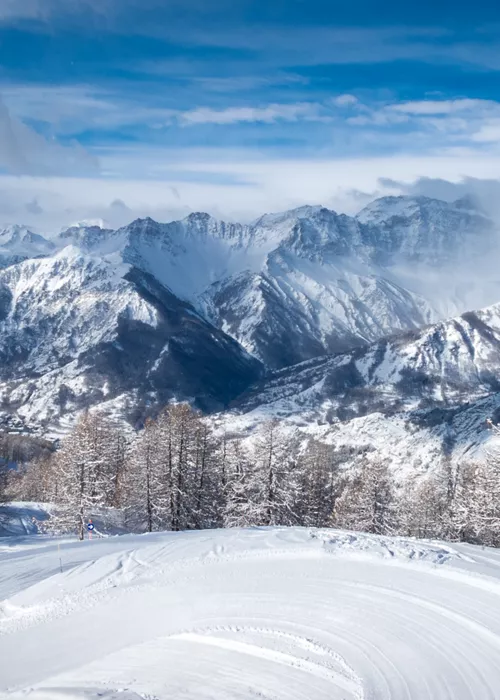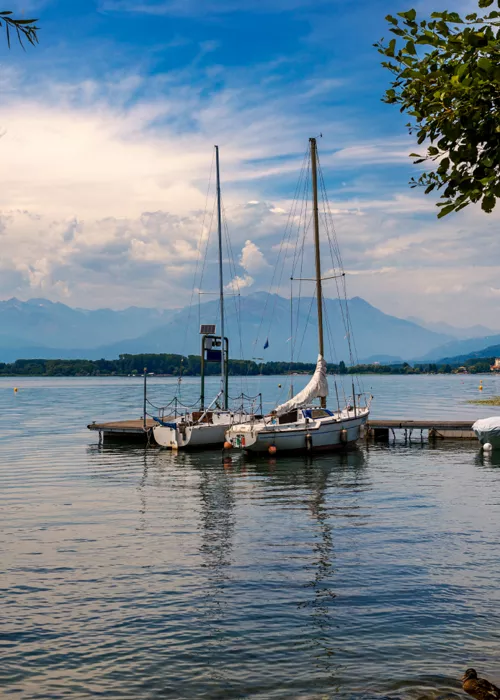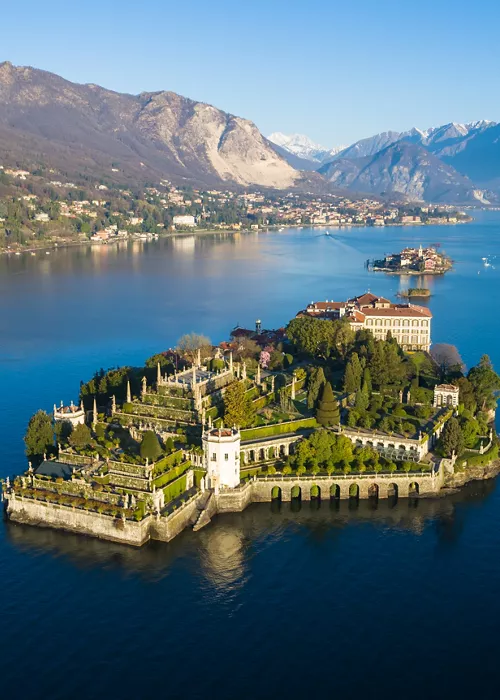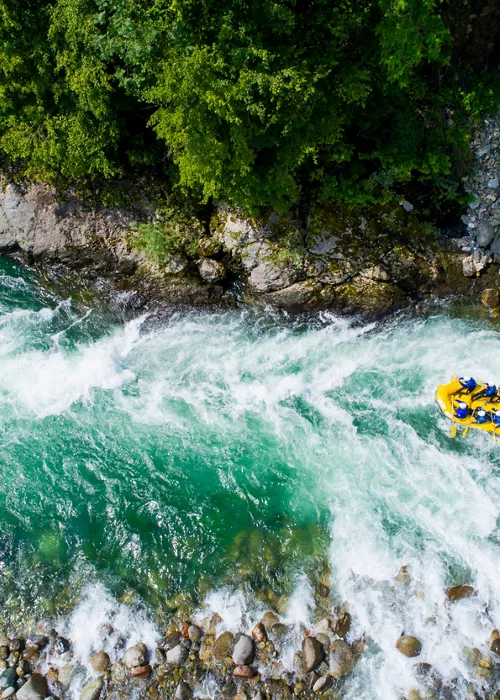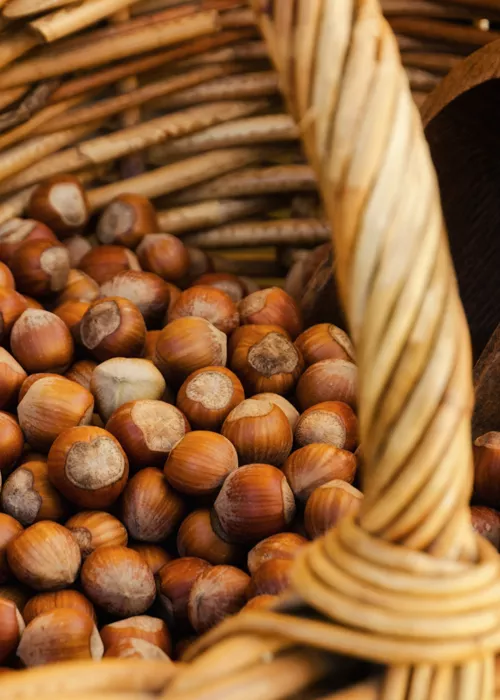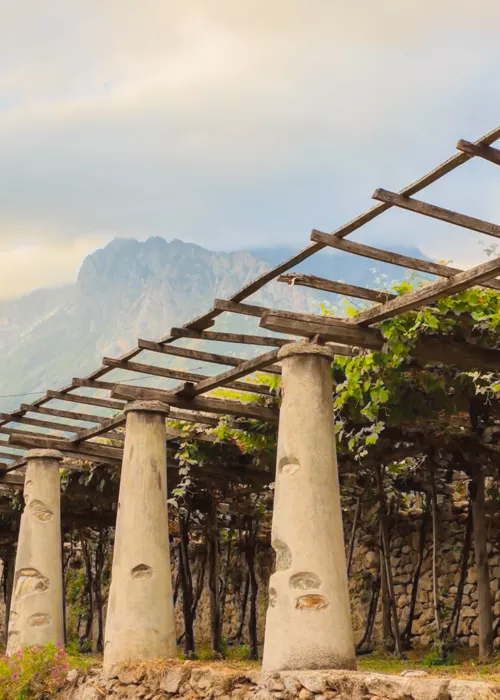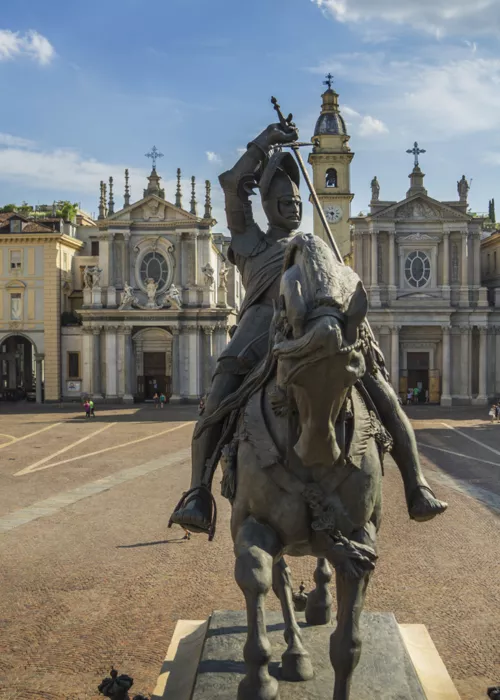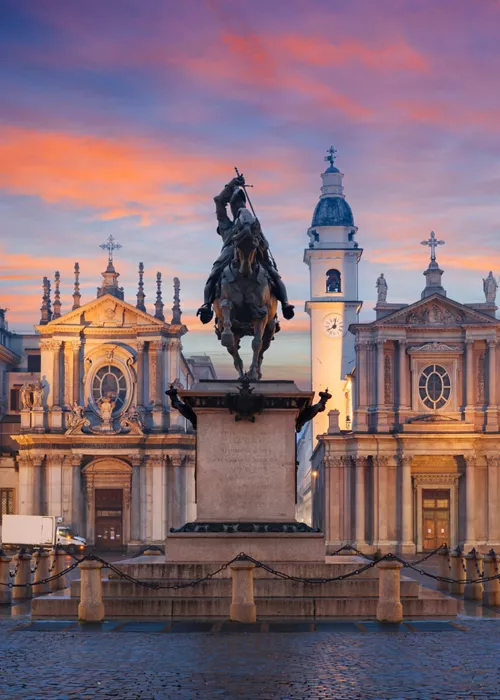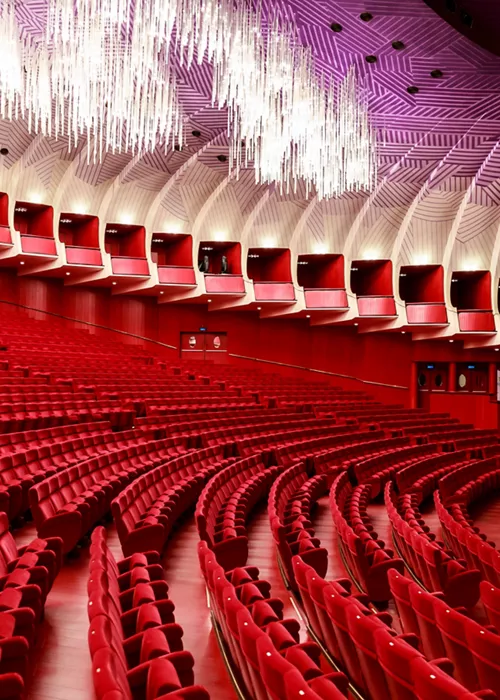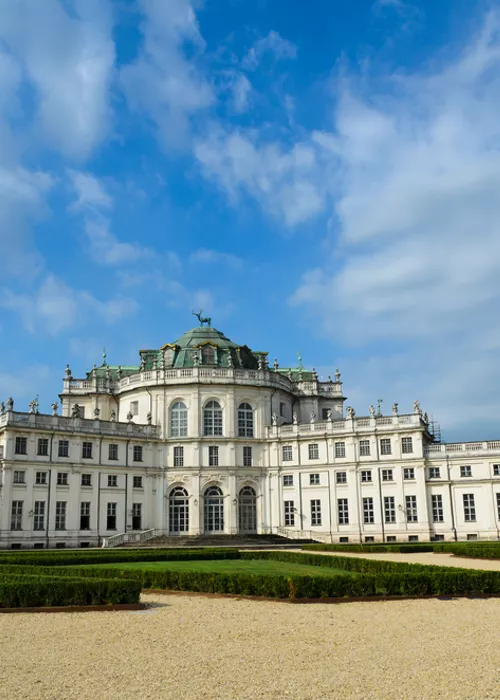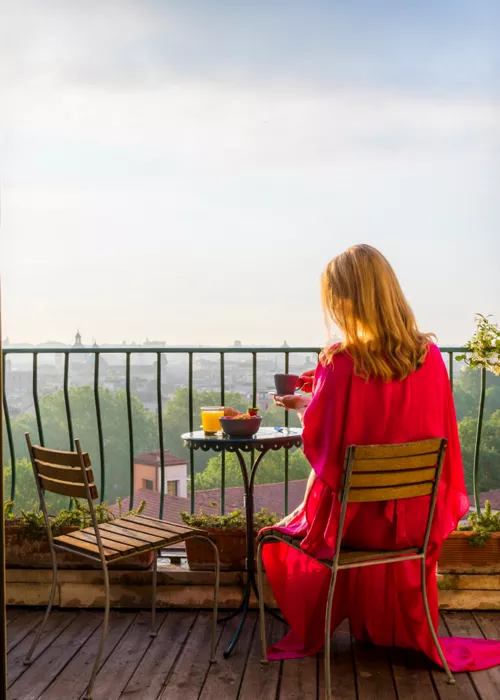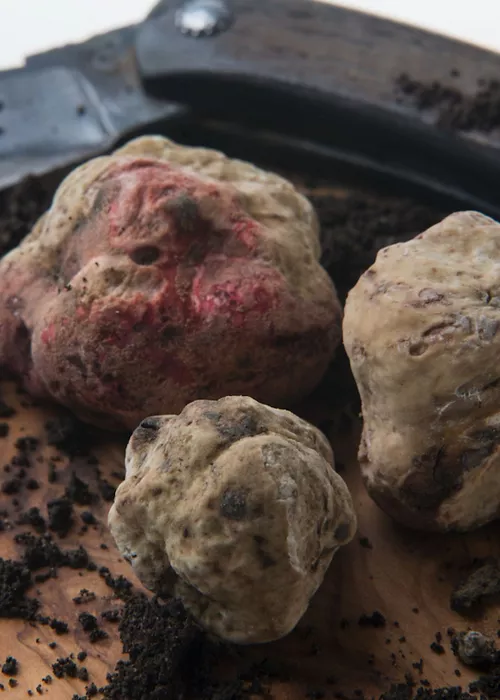Landscapes of Piedmont, land of waters and lowlands
4 minutes

As you go down from Pian del Re, where the first waters of the Po gather at the foot of Monviso, your gaze is caught on a strip of plains blanketed by a broad and multicoloured countryside, dotted with hamlets and villages: this is the Piedmontese herald of what, crossing the North, constitutes the largest and most populous plain in Italy: the Po Valley.
This is where the king of all Italian rivers starts its long journey, which over the millennia has contributed to the growth of major civilisations, bringing about different economies and lifestyles, heritages rich in tradition, art and culture. The towns and villages are living witnesses of the past centuries that have made this land one of the richest and most culturally vibrant in Europe. The countryside recounts the antiquity and innovation of agriculture, the natural and human landscape reserves surprising traits and exciting panoramas for those who know how to look, and the cuisine expresses, with its products and dishes, excellent callings deeply linked to the local identity.
The Piedmont of lakes, to the discovery of magical gems nestled in the mountains

When speaking of Piedmontese lakes, such expressions as "watercolours of God" or "enchanted places" have been used to evoke a sense of something so beautiful that it is beyond imagination. Still, here the beauty, which is certainly enhanced by a pictorial nature that presents itself in its highest and most eloquent expressions, is largely the work of human mastery that has been able to conceive genuine masterpieces. Travellers of all ages coming to these lakes remain enraptured by these little universes of delight and elegance. Water and populated shores paradises that enhance the charm of a holiday in Piedmont. And so you are spoilt for choice: Lake Maggiore with the archipelago of the Borromeo Islands; the delightful Lake Mergozzo and the many alpine lakes of the Ossola Valleys; the evocative Lake Orta, which protects a treasure chest of beauty and mystery, the Island of San Giulio with its stern Basilica, one of the most important Romanesque landmarks in Piedmont; the Lakes of Viverone and Mucrone in the Biella area; the Nature Parks of Lake Candia and the Lakes of Avigliana on the outskirts of Turin.
The magnificent scenery of the Langhe and Monferrato

Lower Piedmont, between the Po River and the Ligurian Apennines, is home to one of Italy's most celebrated gentle hilly landscapes: the Langhe and Monferrato. This is where the land and man have done and continue to do things in earnest, thus creating a model where work produces wealth and beauty. We are in the midlands, nestled between the imposing mountains and the great plain where, as Mario Soldati wrote, a tall, wild bush that one would say is impenetrable as a jungle and an immense panorama of perfect vineyards alternate, in which the monumental cultivation of vines defines the entire landscape and with it the life, culture and language of the places. Wine here is an encompassing local thought, almost a "religion", a challenging and intriguing treasure to be treasured in every vintage, season, day or moment: a heritage of knowledge that has accumulated over time, built to inspire intense and tangible passions and feelings. A beautiful landscape, thanks to the experience and temperament of those who live in it, not so much as it is tamed but rather because it is authentically domestic.
The Piedmontese Alps, between high peaks and endless openings

Already from the plain, proceeding towards the heart of Piedmont, one grasps all the cohesiveness of this region's name: one is indeed at the foot of mountains, of many mountains that rise high and severe on the horizon, with solid and majestic forms. But it is by climbing the ridges that the scenery becomes astounding, with a breathtaking "top of the world" panorama, with a wide and spectacular steepness that speaks an Alpine language with an all-Piedmontese inflection, marked at times by Occitan and French sounds. A framework marked by high peaks and endless openings where you can breathe deeply and recharge your batteries with energy, adventure and well-being.
We are finally in the “real” mountain [...] as Edmondo De Amicis says, a mountain where the lower paths tell of the toil of work and the higher ones the delights of excursions, confirming what Guido Rey says: "The mountain is made for everyone, not just for mountaineers; for those who wish to rest in tranquillity as well as for those who seek even greater rest in fatigue".
Valleys of Piedmont, a treasure to be discovered

Between mountains and plains, the valleys of Piedmont appear to be competing to give each one its own distinct identity and image. The flow of the rivers, starting with Italy's largest, the Po, has outlined their profiles but also their habits and ways of life, forming a well-preserved network of natural and cultural landscapes. If the ridges wield all their Alpine charm, the valleys leave one in awe of their environmental richness and variety, making them seem like endless gardens, where both nature and the hand of man have formed a sober alliance.
And the amazement continues for the antiquity and beauty of the villages that dot the best exposed slopes where the "endless silence" is broken by the calls of ancient customs and the sounds of traditional festivals. Here, layers of military and religious history, of border cultures, of local memories give shape to secluded treasures of art, civilisation, languages and dialects, and flavours that it is nice to uncover on your travels in Piedmont.

